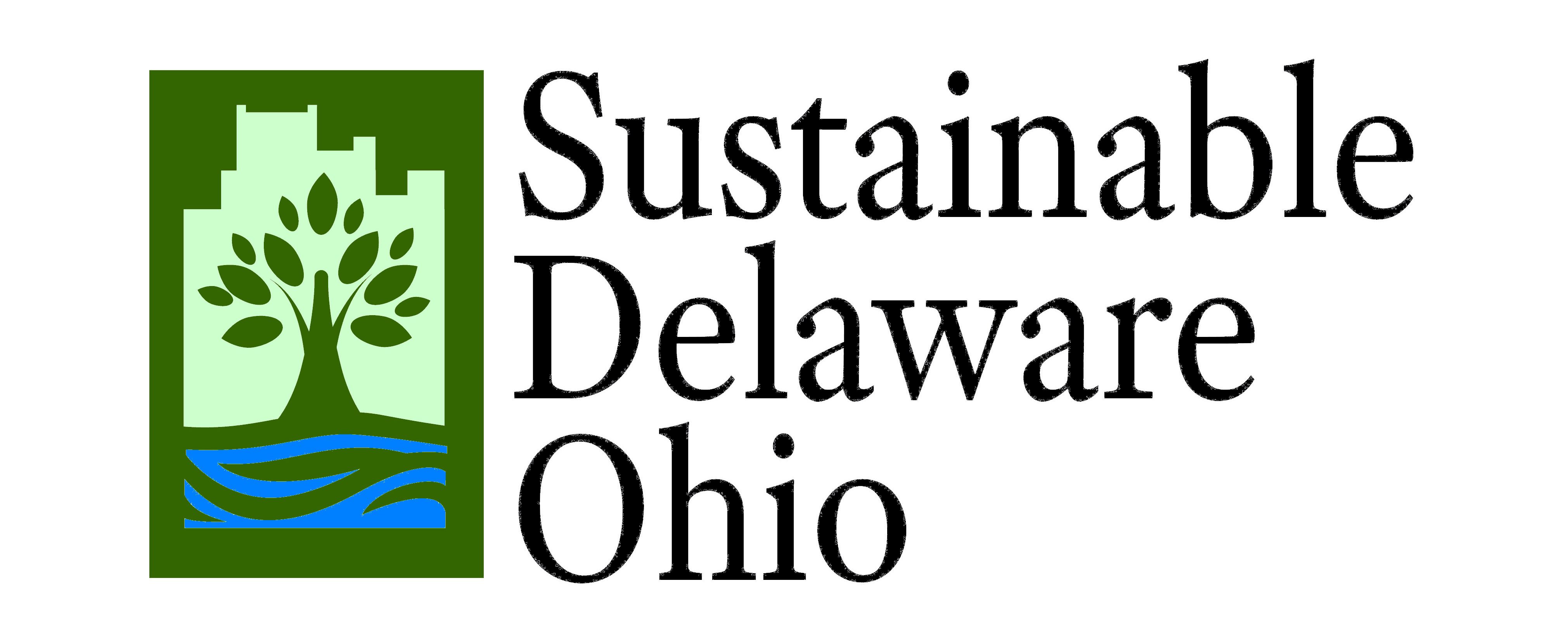Educating ourselves and our community on green practices and local buying principles
Renew Delaware Answer Center
What is electricity aggregation?
Groups of people have more negotiating power to get better prices on electricity. Groups can specify the sources of their electricity more easily. A city-wide aggregation group will enable us to buy our electricity together and to bargain for cheaper electricity produced from local renewable energy sources. Billing would still be provided to customers individually through AEP.
What are retail electricity loads?
Electricity loads are the devices that use electricity. “Retail” electricity loads represent the total electricity used as measured by each electric meter, which determines the amount of money required as compensation for that use.
What is local clean energy?
Clean energy is useful energy that is collected from resources that reduce pollution of our air, water and soil. These resources include renewable energy sources that are naturally replenished on a human timescale, such as sunlight, wind and flowing water. Local generation means that the electricity is generated in Ohio, creating local jobs and supporting our local economies.
What is meant by a sustainable economy?
A sustainable economy is an economy that can be maintained and viable for a long, long time. Sustainable economies are resilient and provide for a good quality of life for everyone. A truly sustainable economy will not jeopardize clean air and water, and it will not contribute to the emission of excess greenhouse gases.
How do we decide who is in the aggregation group?
Ohio law allows for aggregation for a city that automatically enrolls all residents (and “small” commercial users of less than 700,000 kWh/year) of that city with opt-out provisions for the customers. If the city chooses this, it must pass a resolution in support of the program, be authorized by the voters, develop a plan, and hold two public hearings.
What are opt-out provisions?
Anyone who does not want to be a part of this aggregation unit has the option to get out of this agreement easily and in a timely manner without additional fees. Those who opt out would contract individually with AEP as they have prior to aggregation.
How do we get renewable power, when the electricity is still being distributed by AEP?
There are two ways this can be accomplished. One way is for the electricity provider to get electricity directly from local renewable suppliers. This is the preferred approach for many reasons. However, another way is by purchasing renewable energy certificates (RECs), which allows us to indirectly purchase renewable power from distant suppliers. Purchasing RECs is a way to buy renewable power in Ohio for demand that exceeds the local supply.
Why is it better to get renewable energy from local suppliers?
Locally produced electricity produces more local jobs, stimulates the local economy, and it is more efficient because it reduces losses of energy due to radiation and electrical resistance caused by transmitting electricity over long distances. Electricity produced where it is used (and “behind the meter”) also saves money by reducing demand from the grid at retail prices due to a process known as net metering.
What is a renewable energy certificate (REC)?
A renewable energy certificate (REC) is a tradable market instrument that represents the generation of 1 megawatt-hour (MWh) of electricity from a renewable energy source.
The electricity that is generated from different sources is all mixed together in the distribution grid. It is impossible to physically reseparate this mixture to supply different customers with electricity from different sources. RECs create a tracking mechanism for the sale and purchase of renewable electricity separately from electricity generated from other sources from an accounting standpoint. As the demand for renewable energy increases, RECs create a way for money to go specifically to renewable energy providers, thus encouraging the market to create more renewable energy sources.
What is net metering, and why is that an aggregation issue?
Net metering enables electricity customers who sometimes produce more energy than they use (from solar panels, wind turbines, etc.) to be compensated for the electricity that they provide to the utility.
Net metering occurs when your electric meter only keeps track of the net use and the net production of a distributed electricity supplier (e.g., a solar home). In other words, the energy that a solar home produces but uses within the home is never “metered” (measured for the purpose of determining charges or credits). Only the NET energy that is supplied to, or taken from, the utility grid is measured to determine charges and credits. If the customer (solar panel owner) produces a surplus of energy, the provider will be credited or paid for that surplus energy sent to the utility.
This is important because the Public Utilities Commission of Ohio (PUCO) requires investor-owned utilities (IOUs) to use net metering, but third-party brokers are not required to do so. To protect the rights of distributed energy producers, a good aggregation contract must be with a broker that is willing to include net metering in the contract. This enables owners of solar panels (or wind turbines, etc.) to be able to get a return on their investment to compensate over time for the money they spent initially to install their system.

